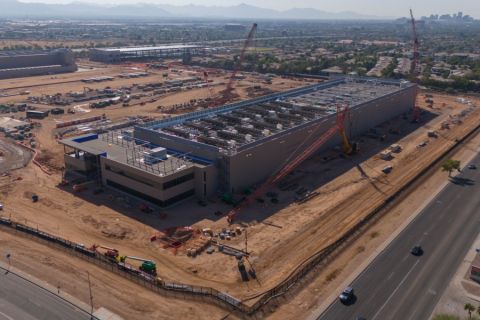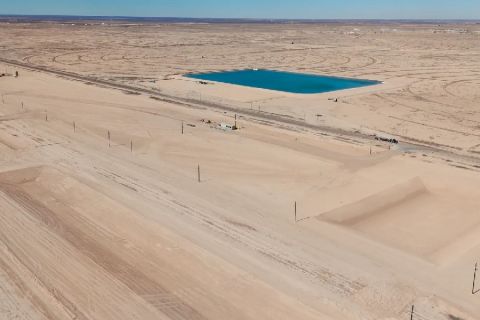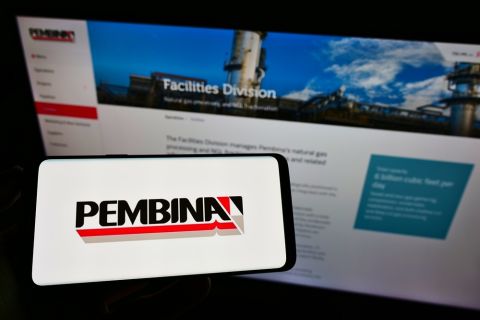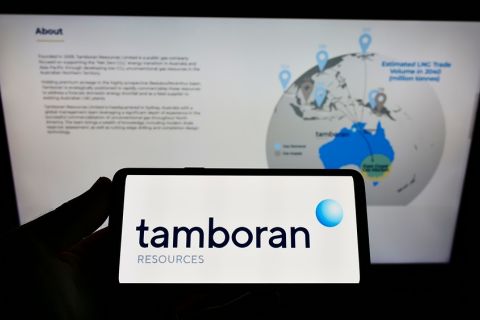
Operators in maturing basins like the Eagle Ford and Bakken are working in redevelopment projects into their drilling plans. (Source: Shutterstock)
High-quality onshore drilling inventory is already scarce across the Lower 48, and it’s even harder to come by in mature plays like the Eagle Ford and Bakken.
For operators with existing assets in maturing oil and gas basins, redevelopment should be a key part of their drilling plans going forward, said Ryan Hill, principal analyst at Enverus Intelligence Research, during the 2024 Unconventional Resources Technology Conference (URTeC) in Houston.
“Redevelopment is a bit of an umbrella term for refracs, infill drills, drill-overs and stacks,” Hill told Hart Energy in a recent interview. “But all of them come around on executing on under-completed and high-quality rock that has been left behind while operators have been going after standard inventory programs.”
Operators are redeveloping drilling plans in oily basins like the Eagle Ford, the Bakken Shale and the SCOOP/STACK plays in the Midcontinent.
ConocoPhillips, Marathon Oil, Devon Energy and SilverBow Resources are a handful of public operators reporting positive results from refrac programs in South Texas.
But some of their early results highlight a key theme, according to Enverus: The best refracs still come from the highest-quality rock.
ConocoPhillips and Devon each own large portfolios across the Eagle Ford Shale—and ConocoPhillips is getting even deeper in the play through a $17.1 billion acquisition of Marathon Oil.
Both E&Ps are seeing higher rates of resource recovery from their respective Eagle Ford refracs than other operators in the basin, Hill said.
RELATED
Classic Rock: E&Ps Launch Refracs of Vintage Eagle Ford Wells
But refracs aren’t a magic bullet, either.
An operator typically sees between 20% to 40% of the average uplift from a post-refrac well compared to a new well.
At the same time, a refrac project could run between 70% and 80% of the total cost of drilling a new well, Hill said.
Operators aren’t necessarily saving money on input costs for resources like sand and fluid for refrac projects. Frac crews and labor also still cost money.
And once the refrac project is finished, the recovery results on the other side can be “all over the board” depending on rock quality, existing well spacing and a myriad of other factors, Hill said.
Not everyone is yet convinced: EOG Resources executives have reported they don’t see the value in restimulating older Eagle Ford wells, opting to allocate capital elsewhere.
So ultimately, refracs may not be a macro growth story for maturing onshore basins.
But refracs and other redevelopment projects are expected to extend the production tail, and inventory portfolios, for numerous E&Ps exposed to those areas, according to Enverus’ forecasts.
Outside of redevelopment, operators are discovering efficiencies by drilling longer and longer horizontal wells.
Private equity-backed operators Grayson Mill Energy and Kraken Resources are among the E&Ps benefiting from drilling longer 3-mile laterals in the Bakken Shale.
E&Ps are also getting longer in the Permian Basin. The most recent E&P to swing for the fences was Exxon Mobil in Poker Lake, New Mexico.
Poker Lake, drilled by Nabors’ X12 rig, is the longest lateral in the Permian at more than 20,000 ft.
RELATED
Recommended Reading
LandBridge Chair: In-basin Data Centers Coming for Permian NatGas
2024-06-28 - Newly public Delaware Basin surface-owner LandBridge Co. has a 100-year lease agreement with one developer that could result in ground-breaking in two years and 1 GW in demand.
Permian’s LandBridge Prices IPO Below Range at $17/Share, Raising $247MM
2024-06-28 - Houston-based LandBridge, which manages some 220,000 surface acres in the Permian Basin, kicked off trading at $19 per share, more than 10% above its listing price.
Pembina Pipeline to Offer $690MM in Public Debt
2024-06-27 - Pembina Pipeline Corp. is offering senior unsecured debt to extend maturity dates for near-term debt that matures between 2026 and 2029.
Scott Sheffield Among Investors in Australian Shale Gas IPO
2024-06-27 - The operator who sold Pioneer Natural Resources Co. to Exxon Mobil in May for $59.5 billion joins his son Bryan Sheffield in shale gas investment Down Under.
Aussie Shale’s Tamboran Resources Prices IPO in Range but for Fewer Shares
2024-06-27 - Among those buying the Australian shale-gas developer’s pre-trade shares were U.S. wildcatter Bryan Sheffield and completions pressure-pumper Liberty Energy.





